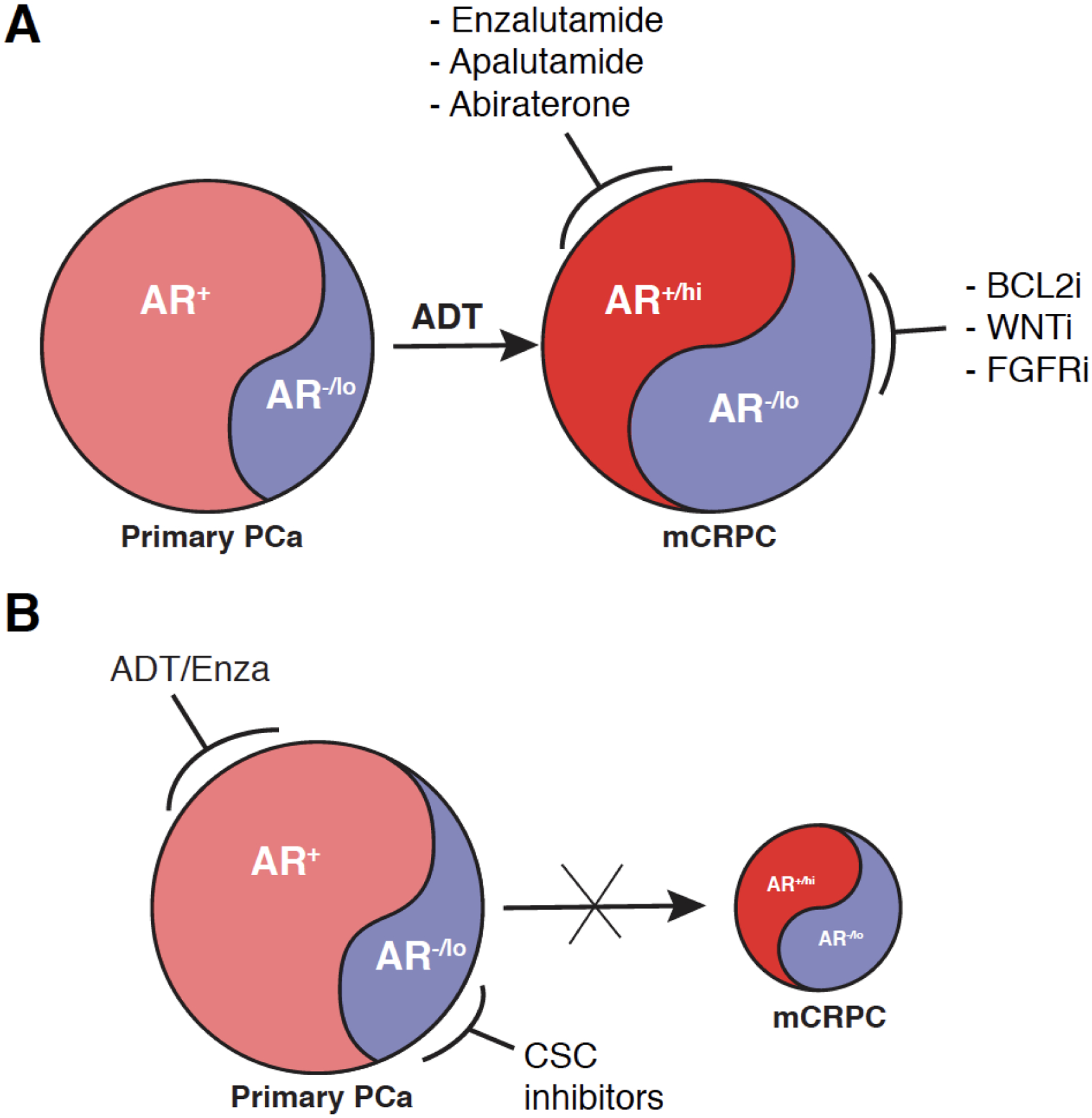Fig 2. Potential therapeutic strategies to target PCa cell heterogeneity and plasticity.

(A) Combinatorial strategies in the mCRPC setting.
(B) Combinatorial strategies in the primary PCa setting.
Please see Text for discussions. Note that the AR−/lo PCa cell populations in treatment-naïve tumors (left) vs. ADT-treated and CRPC (right) will likely possess different transcriptomic profiles and epigenetic landscapes despite that they share similarities in phenotype and therapy resistance [13,36]. Also, the cartoon (adapted from ref. 36 with permission) was not intended to imply that the AR+/hi and AR−/lo cell populations in mCRPC are directly derived from the AR+ and AR−/lo cell populations in treatment-naïve primary tumors, respectively. This is because ADT-induced cancer cell plasticity may inter-convert the two cell populations, but the proposed combinatorial strategies may simultaneously target both PCa cell heterogeneity and plasticity in established CRPC (A) or significantly delay and inhibit the emergence of CRPC when used to treat primary tumors (B).
